Wired, WLAN Gartner Magic Quadrant: Crowded Leader Quadrant Anchored By Aruba, Cisco
The 2022 Gartner Magic Quadrant for Enterprise Wired and Wireless LAN Infrastructure report features an overall slimmed-down list of networking players but a busy Leader quadrant that includes mainstays Aruba and Cisco.

The 2022 Gartner Magic Quadrant for Enterprise Wired and Wireless LAN Infrastructure report, published at the end of December, included the industry’s networking behemoths that have been continuously evolving their enterprise wired and wireless networking products and services to include the big customer asks like cloud management and AI integrations.
The latest report was whittled down to include 11 vendors, a steady consolidation from 13 in 2021 and 18 in 2020. That’s because the enterprise wired and wireless LAN infrastructure market now must be composed of vendors that not only deliver wired and wireless Ethernet networking hardware but also offer integrated on-premises or cloud-based network management software. Many of the leaders featured, such as Cisco Systems and Aruba, a Hewlett Packard Enterprise company, are also getting into Network as a Service (NaaS) as a new and sought-after way for customers to consume these technologies. And the demand for AI and automation can’t be left out—something that fellow Leader Juniper Networks and even Niche Player CommScope’s Ruckus are prioritizing within their offerings.
For inclusion in the report, vendors must be providing and supporting enterprise wired and wireless LAN infrastructure globally in at least four of the five main geographies identified by Gartner, including Asia-Pacific, Latin America, the Middle East and North Africa, Europe, and North America and these companies can’t have more than 60 percent of their revenue generated in a single region. Dropped from this year’s report was H3C and Allied Telesis because Gartner could not validate the inclusion criteria. The 2022 report, just like its predecessor, once again had an empty Challenger quadrant.
With a total of 11 wired and wireless vendors that landed on the 2022 Magic Quadrant this year, here are the companies that ranked as a Leader, Niche Player or Visionary, as well as the strengths and weaknesses of each vendor according to Gartner.
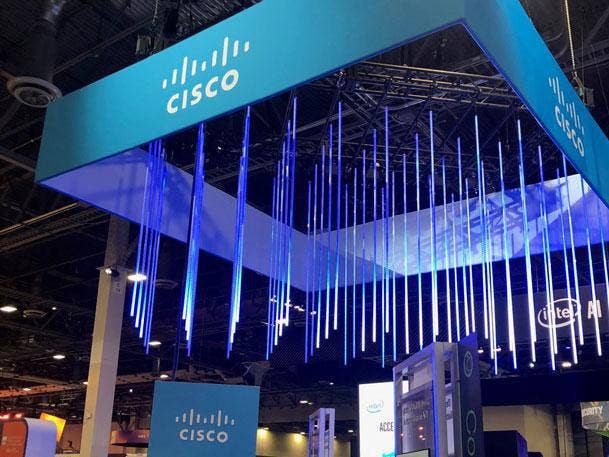
Leader: Cisco
Cisco has been a longtime Leader in this Magic Quadrant report with both its Catalyst and Meraki wired and wireless products that can address enterprise network requirements of all scales. The company in 2021 unveiled Cisco Plus, its portfolio that offers an alternative consumption model for its enterprise hardware. Cisco’s operations are geographically diversified, and the company has the largest channel partner footprint among all network equipment vendors in the report, according to Gartner.
Strengths
Cisco features an extensive wired and wireless portfolio of hardware and software products—as well as ancillary device ecosystems—that allow the company to address use cases across nearly all scenarios. Gartner also credits Cisco for its strong global channel ecosystem that lets it address and support enterprise presales engineering and procurement requirements.
Weaknesses
Gartner said that all new purchases of Catalyst wired switching products require mandatory DNA licensing for 36 months. The company also has overlapping product lines and tools with its Catalyst products and its Meraki portfolio that target many of the same market segments.

Leader: Extreme Networks
A Leader once again, Extreme Networks’ Extreme Cloud is a broad portfolio of cloud-managed and on-premises-managed network applications and services in conjunction with its end-to-end wired switching and WLAN products. The company serves customers in all markets, from SMBs to large enterprises, with a focus on state and local government, education, health care, manufacturing and retail.
Strengths
Extreme Networks has invested heavily in automated network fabric functionality, which translates into
less manual configuration burden and time to deployment compared with competing vendor products, Gartner said. The company also offers integration with third-party vendors. Extreme Networks’ management platform can perform basic management of multivendor network equipment.
Weaknesses
Customers and prospects report confusion with Extreme Networks’ channel and direct sales product demonstrations, Gartner found. The company also has gaps in its presence in regions such as Asia and Latin America.

Leader: Aruba
Landing squarely in the Leader quadrant for an impressive 17th time, Aruba brings to market a comprehensive portfolio of CX switches in addition to its 500/600 series Wi-Fi 6/6e access points. Customers like that wired and wireless networking is managed primarily through its premises-based or cloud-based management platform, Aruba Central, which increasingly has more AIOps built in.
The vendor’s operations are geographically diverse and address customers of all sizes in all major markets. Aruba has also revealed that NaaS will be a core aspect of its go-to-market strategy moving forward.
Strengths
The company’s ESP platform offers unified automation and security to manage the wired, wireless and WAN portfolio, and includes AI and ML network and endpoint profiling features. Aruba also offers an integrated leasing and managed network consumption model in which it has invested heavily. To that end, the company has one of the largest user bases using this consumption model of all enterprise networking vendors.
Weaknesses
Aruba Central and Aruba Central On-Premises still have not achieved feature parity, according to Gartner. The company also has limited experience in large core switch deployments compared with some of its competitors.
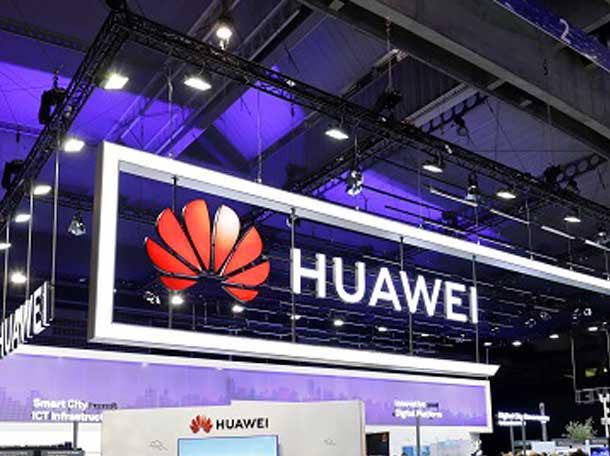
Leader: Huawei
Huawei made its way into the Leader quadrant this year for the first time, coming up from the Visionary quadrant in 2021. Gartner said that’s because it had strong market execution, despite adverse geopolitical conditions, and is making progress on its marketing strategy, which has allowed it to remain the third-largest provider in this market in terms of global revenue share. Huawei has also weathered supply chain issues better than other vendors in this market. The company comes to market with its CloudEngine S series switches, AirEngine wireless APs and associated network software products that reach customers across multiple verticals and sizes.
Strengths
Huawei offers a comprehensive wired and wireless product portfolio that lets the vendor address all customer use cases and price competitively. The company also offers its strong iMaster NCE-Campus network management platform for AI-driven Wi-Fi, wired and WAN network assurance services, as well as user policy orchestration and the ability to simulate, test and verify network planning.
Weaknesses
Huawei has historically struggled with brand recognition in certain markets. This is coupled with ongoing geopolitical challenges and questions around the security integrity of its network portfolio, which limits Huawei’s exposure in some regions, including North America—in which it has virtually no presence—the U.K. and Australia.

Leader: Juniper Networks
A Leader once again in 2022, Juniper Networks’ “AI-driven enterprise” offering includes EX series switches, QFX series switches and Mist AI access points, which address most use cases across the enterprise and the midmarket. The company continues to invest heavily in integrated AI and ML operations, as well as cloud-based security capabilities. Juniper’s customer base is globally diverse, with particular focus on retail, education, government and health-care markets.
Strengths
Juniper’s strong marketing messaging around its Mist AI technology—dubbed “experience-first networking”—and “Self-Driving Network” messaging is educating the market on its ability to help customers lower ongoing operational costs and maximize IT efficiencies, Gartner said. The company continues to invest in the differentiation of its cloud-managed enterprise network portfolio automation, orchestration AI, ML and the Marvis Virtual Network Assistant (VNA).
Weaknesses
Gartner’s subsequent pricing analysis found that Juniper’s bills of material are often quoted higher than customers expect compared with other major network vendors. The company’s presence in some areas of Asia and Latin America can also vary widely.

Niche Player: Alcatel-Lucent Enterprise
Alcatel-Lucent Enterprise (ALE) is known for its OmniSwitch switches, OmniAccess Stellar wireless access points and associated network software products that address the enterprise market, according to Gartner. The company’s operations are mostly focused in EMEA, and it prioritizes the midmarket with many customers in the health-care, government and education verticals.
Strengths
ALE provides a wide range of network management options and baseline Wi-Fi location analytics and free network access control functionality. The company’s Intelligent Fabric technology can automate the deployment of large network installations.
Weaknesses
ALE has one of the smallest enterprise network market footprints of all vendors in this year’s Quadrant. The company also lacks in sales execution, Gartner said.
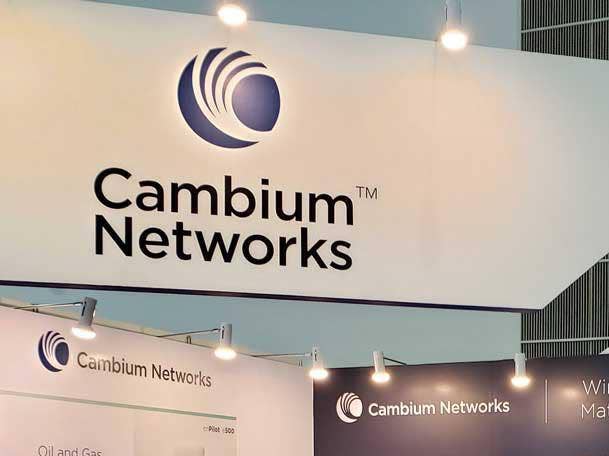
Niche Player: Cambium Networks
Cambium helps enterprises with its Wi-Fi 6/6e, cnPilot, Xirrus series access points and cnMatrix wired Ethernet switches. The company also offers its cnMaestro cloud-based and on-premises network management platform. Cambium primarily focuses on customers in the hospitality, education, government and health-care sectors, and has geographically diverse operations, according to Gartner.
Strengths
The company’s cnMaestro X network management platform offers simplified wired, wireless and security policy configuration that includes a voice- and text-based natural language assistant for troubleshooting. Cambium also offers specific IoT device threat assessment, profiling, virtual network segmentation and policy-based automation.
Weaknesses
Cambium has limited visibility in the enterprise space outside of the verticals it targets. The company’s wired and wireless products do not offer true AI and ML functionality, according to Gartner.
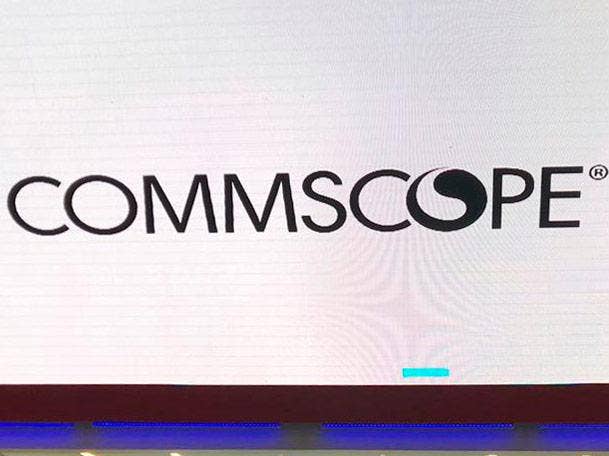
Niche Player: CommScope (Ruckus)
Ruckus is owned by CommScope and the company addresses the market with its Ruckus brand ICX wired switches, R series wireless access points and Ruckus Analytics—its AIOps and network management platform. Ruckus focuses largely on the federal, state and local government and education customers.
Strengths
Ruckus Analytics offers detailed root cause analysis across the wired and wireless network, and its strong wired and wireless portfolio covers enterprise use cases of all sizes across a single unified portfolio, Gartner said.
Weaknesses
Ruckus has limited experience in large and complex enterprise network environments outside the government and education markets. The company also retired all 802.11ac (Wi-Fi 5) access points, which could be limiting for the company, according to Gartner.
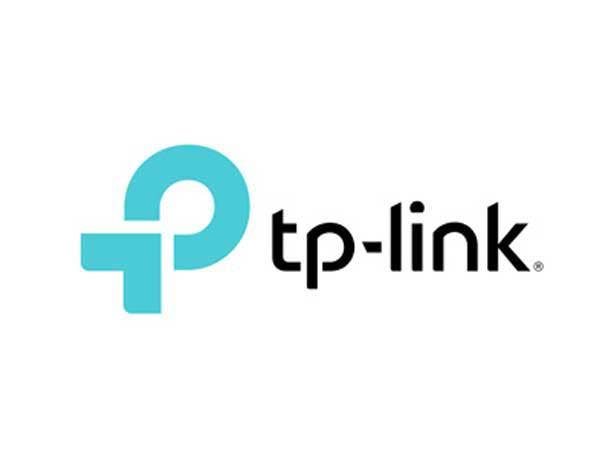
Niche Player: TP-Link
TP-Link comes to market with its Omada WLAN, T series wired switches and associated network software products that primarily focus on addressing the needs of the small and midsize enterprise. While its operations are geographically diversified, the majority of its revenue is generated from EMEA, followed by Asia-Pacific and North America.
Strengths
The Omada network management offering is bundled with its access network hardware, which offers unified monitoring for an unlimited number of TP-Link APs, campus switch and security gateway products. The company also offers among the lowest pricing compared with its competitors, which provides a good fit and price point for small and midmarket customers.
Weaknesses
While the vendor’s products meet traditional levels of enterprise network technology, TP-Link lags behind other vendors with advanced network operations technologies such as network assurance, automation and AIOps functionality. The company also provides only basic network policy enforcement and very limited IoT containment and indoor location services.

Visionary: Arista Networks
Arista comes to market with its 700 series leaf switches and 7000 series enterprise spine switches, Cognitive Wi-Fi 200 and 300 series access points, and CloudVision management platform. The company has been investing in its CloudVision network automation, integrated security and AI and ML capabilities and expanding its wireless and enterprise switching portfolio that targets large enterprise environments.
Strengths
Arista’s CloudVision management platform offers unified data center and enterprise switching. The platform also offers integrated network management and network security, and multiple branch locations can then be interconnected for centralized management and security policy enforcement.
Weaknesses
The company’s only Cognitive Wi-Fi portfolio is limited, with four enterprise-grade 802.11ax indoor access points. Arista also has limited exposure outside North America.

Visionary: Fortinet
Fortinet comes to market with its FortiAP and FortiSwitch products that tightly integrate with the company’s network security capabilities—its FortiGate security appliances and FortiLAN cloud-based management platforms. Fortinet continues to invest in integrating and consolidating its network and security portfolio into its cloud and virtual server management platforms. The company targets a wide range of customers, from the midmarket to large enterprises, across various sectors.
Strengths
The company offers LAN, WLAN and security that are tightly integrated under a unified operating system— FortiOS—and cloud management platform. Fortinet’s FortiAIOps AI engine provides further network assurance, such as event correlation and issue remediation, across security, wired and wireless.
Weaknesses
Still a security-first player, Gartner said Fortinet’s networking footprint is significantly lower than its revenue share in the firewall market and the company’s switching portfolio cannot adequately support a high-density enterprise network, distribution or core switching that is required at very large enterprise scale.